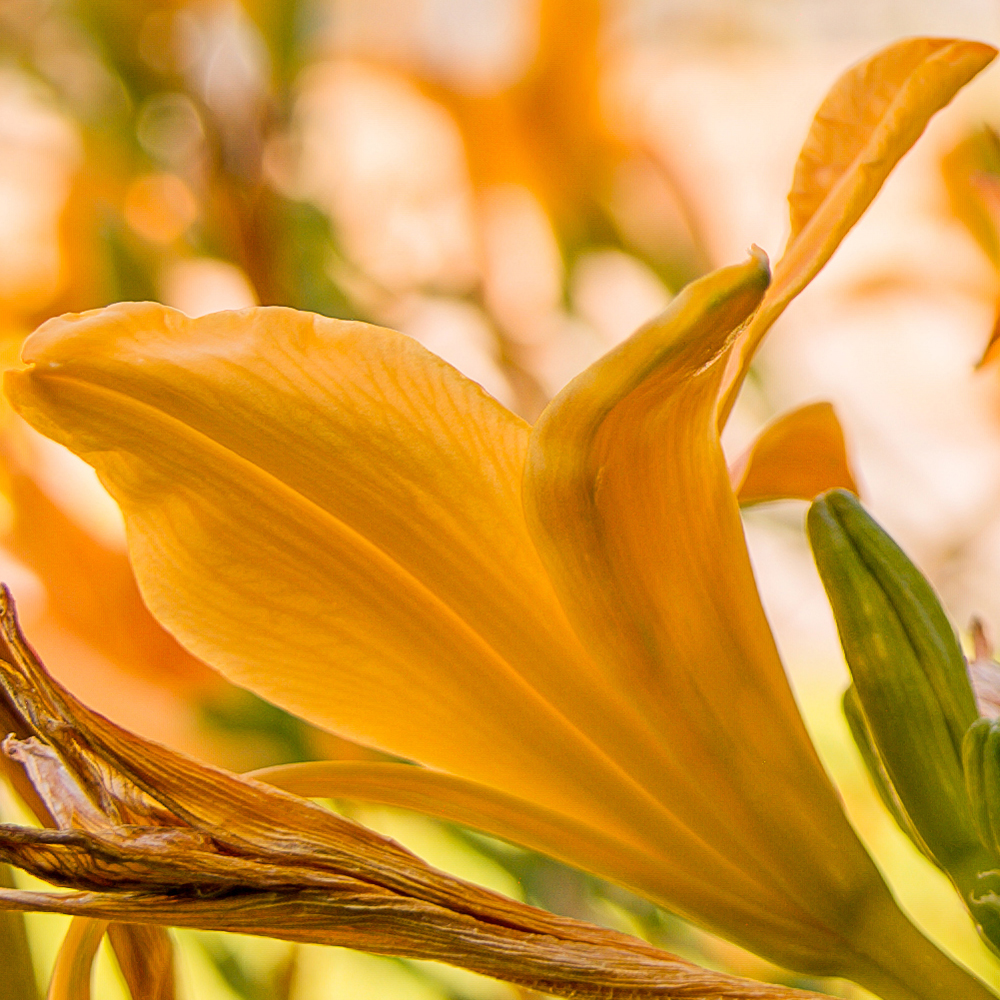weinlamm
Member
Good morning Erik,Hi,
I have also added some problem shots. I don't know the exact lenses or conditions as the EXIF data doesn't contain info from the lens.
The problem areas are marked in red. Some reference areas that are good are marked in green.
At the time the images were shot I felt these problems were pretty bad, but looking now I feel they are much less an issue than originally thought.
http://echophoto.dnsalias.net/ekr/Articles/Shoots/BernardSamples/Issues/
Best regards
Erik
I don't want to swap into a discussion about film vs. P45+ vs. CFV50c vs. something else.
But I had a look on your "problem pictures" - and I think your actually system has a problem which should be solved first.
I don't know on where you did focus in your pictures - but in that with the boat (CF043880) the focus seems to be on the boat. And then - if I'm not totally unright with my know about dof - normally you can't have sharpness on the beach.
If I have a look into the technical-data from my Leica-lenses (here you can see it very fine in a graphic) I can see in the Depth of field table, that it should possible to get an infinity-focus if I stop down enough. But in my feeling the steps are very small with the distance-settings.
For example here (I only found this in the web just now...):
http://www.zone-numerique.com/uploads/objectifs/leica/super-elmar-21mm/super-elmar_dof3.jpg
At 1.2 m you only come to 3.5 m
At 2.0 m you are a real (?) infinity?
I don't calculate such things - but I can't really believe such big steps from my feeling.
The other thing which swaps me to a feeling "your system isn't right" is that your "boat-picture" looks for me a little bit like a tilted-picture. But in your list isn't a tilt-lense, if I'm right... How then you can get sharpness on the boat, on the top of the mountain - but not on the beach...? I think only if you had used tilt.
I had an similar problem with two of my Cambo-lenses. I couldn't focus real on infinity... If I stopped down enough it was "ok" - but not real infinity. I was very, very happy after returning from Cambo. :clap:
So perhaps the best idea could be to sent your camera-system to Hasselblad for adjustment. And perhaps this could help you with your feeling about your P45+-system. I only had this back here for a test-week - but some of that pictures are still hanging in our home. It's a nice system.











